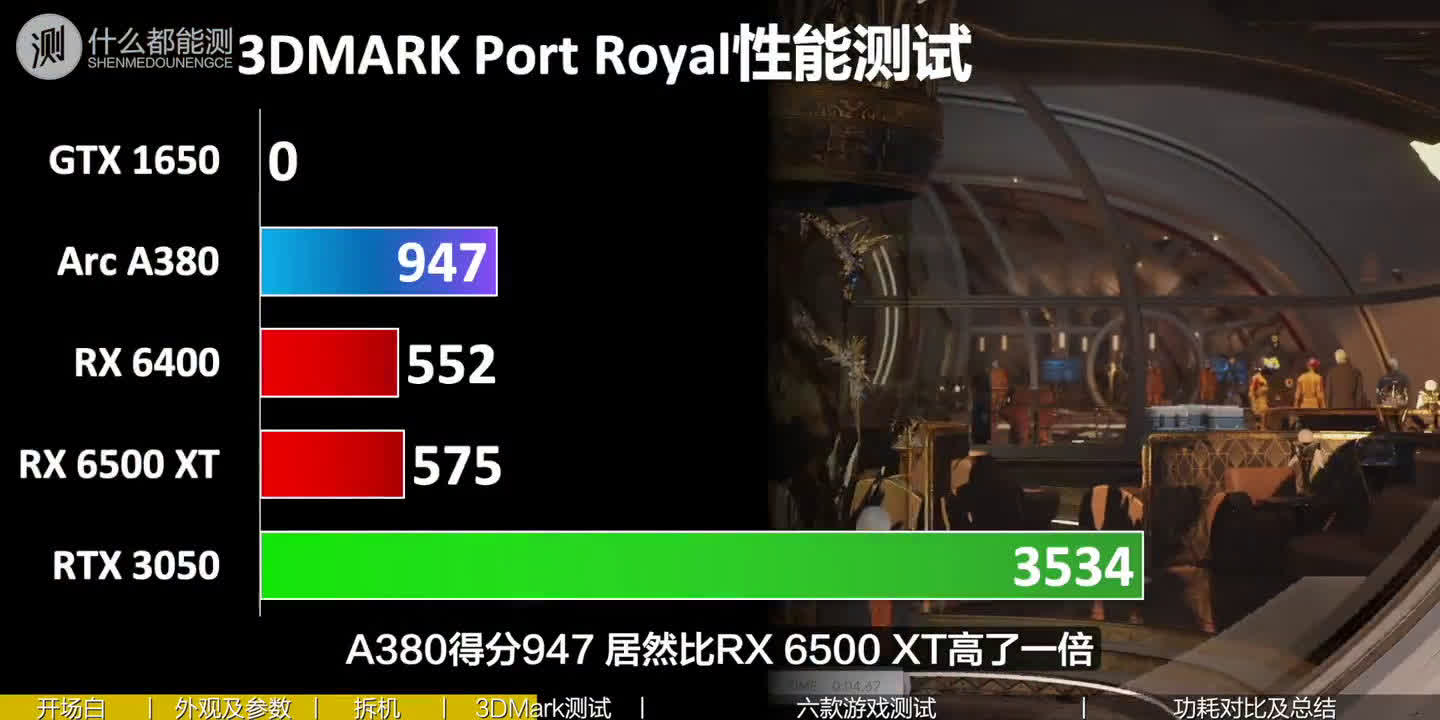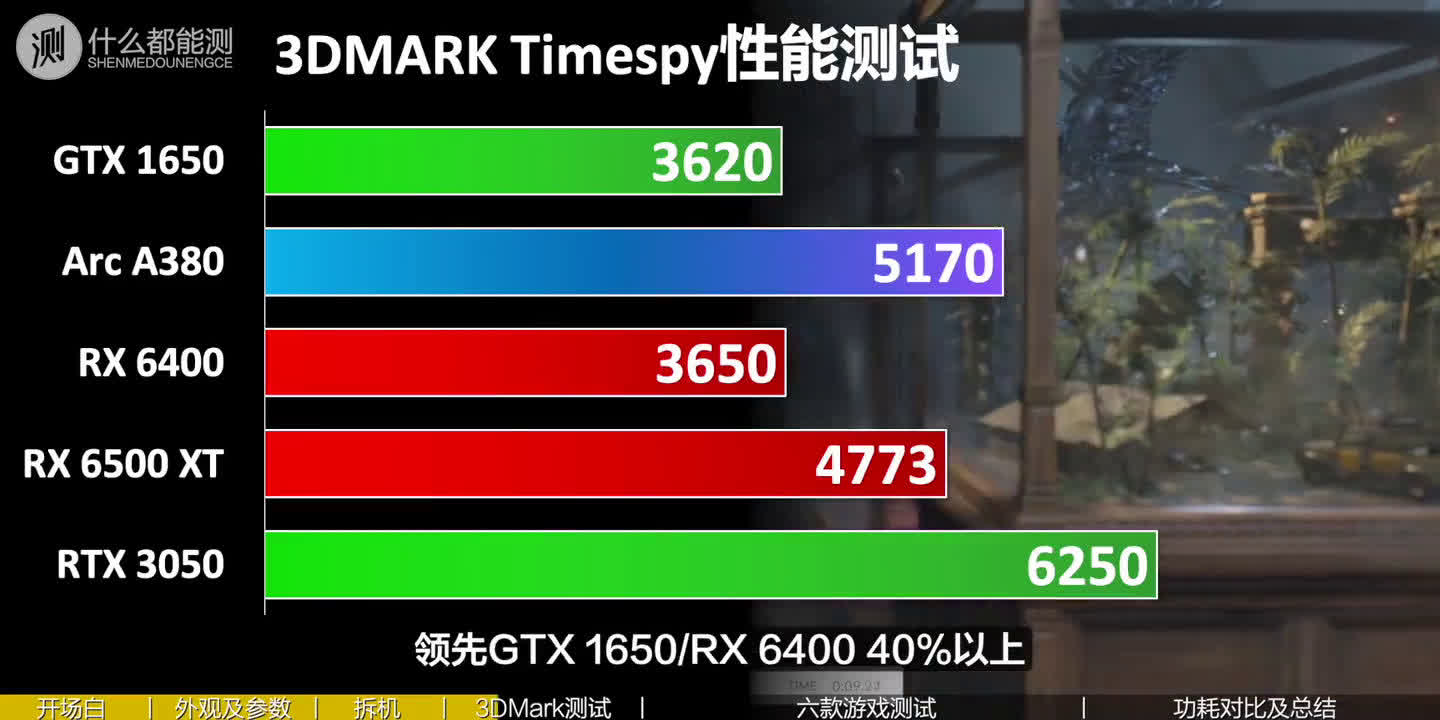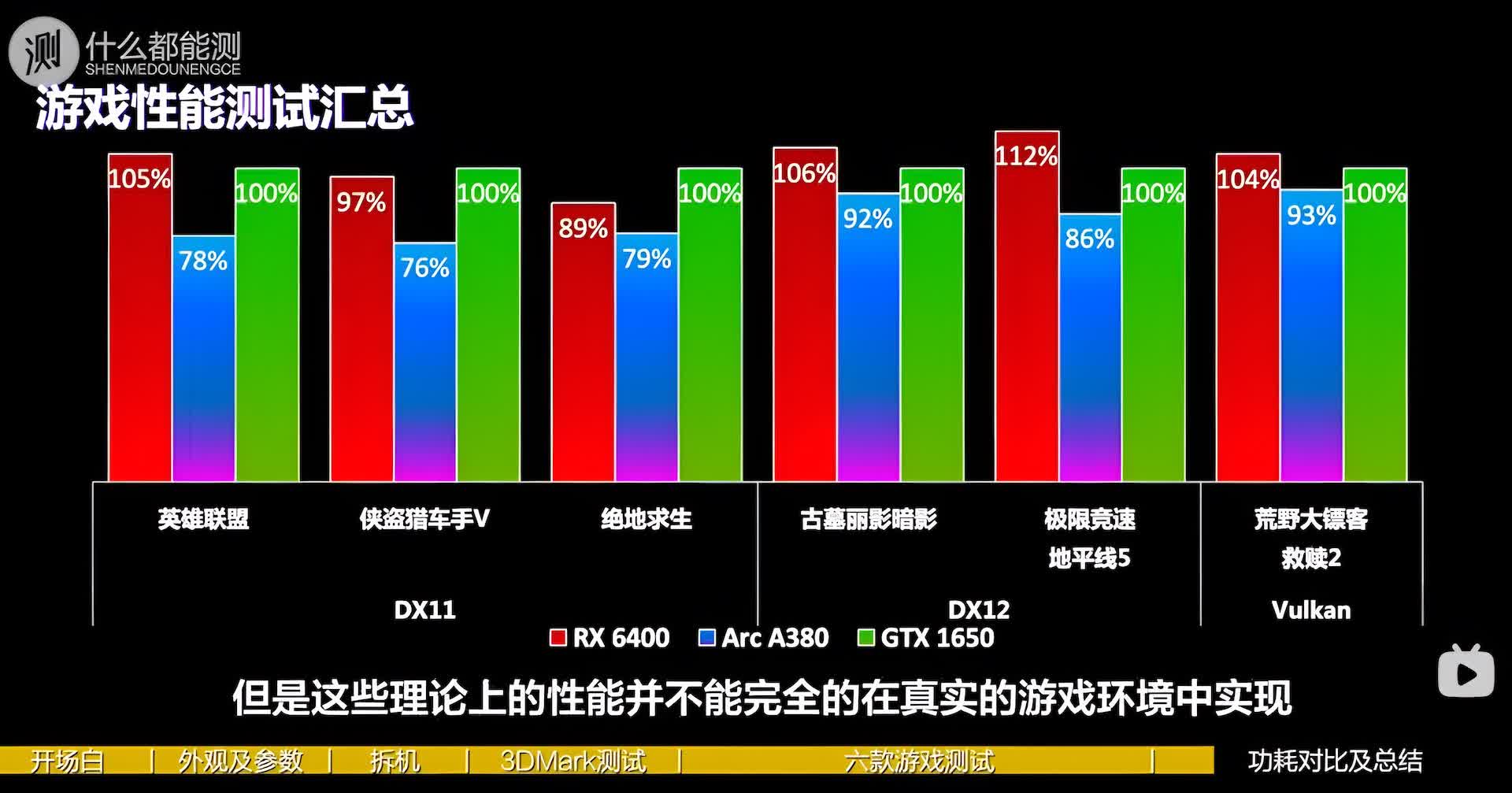Why it matters: Intel may have wanted to exploit a window of opportunity with its Intel Arc GPUs, but the company has had to delay their release and even limit the initial availability to the Asian market. Now that the first independent review of a desktop Arc graphics card is out, Intel’s lack of confidence in its discrete GPUs seems warranted.
We have yet to see any Intel Arc GPUs outside of South Korea and China, despite the company’s initial promise that it would flood the market with a wide range of desktop and laptop models. However, judging by early benchmarks and the relatively slow driver development around Team Blue’s discrete GPUs, the company may have decided to take a slower approach to releasing them on the global market.
Last month, Intel said its desktop Arc A-series graphics cards would be China-exclusive for a few months. The first model to hit the market was the Arc A380, an entry-level GPU that launched a week ago with a price tag of 1,030 yuan, or a little more than $150.
The new graphics card is hardly impressive in terms of cooling, video outputs, or the overall aesthetic. However, Intel claims it is up to 25 percent faster than the similarly-priced Radeon RX 6400 from AMD. If you look at the specs, the Arc A380 does have some things going for it such as six gigabytes of GDDR6 memory connected over a 96-bit bus, a PCIe 4.0 x8 interface, and three DisplayPort 2.0 ports.

That said, an early independent review published by Bilibili user Shenmedounengce suggests the Intel part doesn’t perform that well outside of synthetic benchmarks, where it does slot in between the Radeon RX 6500 XT and Nvidia’s RTX 3050. If you fire up the 3DMark Port Royal and Timespy tests, you’ll even get the impression that the A380 has some ray-tracing chops when compared to AMD’s entry-level offerings.

In real-world gaming tests, the Arc A380 proved to be less powerful than AMD’s Radeon RX 6400, and that includes popular titles like PUBG, GTA 5, Shadow of the Tomb Raider, League of Legends, Forza Horizon 5, and Red Dead Redemption 2. In fact, Intel’s entry-level graphics card seems to perform worse than Nvidia’s GTX 1650 across DirectX 11, DirectX 12, and Vulkan titles.

It wouldn’t be easy to find an excuse for such poor performance against a GPU that Nvidia launched back in 2019, especially since the card was paired with an Intel Core i5-12400 CPU — which is an excellent gaming CPU.
This does beg the question of whether Intel is trying to buy more time to perfect the drivers for Intel Arc, but the performance of the A380 GPU is disappointing unless you consider its relatively low price. Higher-end models may paint a different story, but we’ll have to wait and see.



